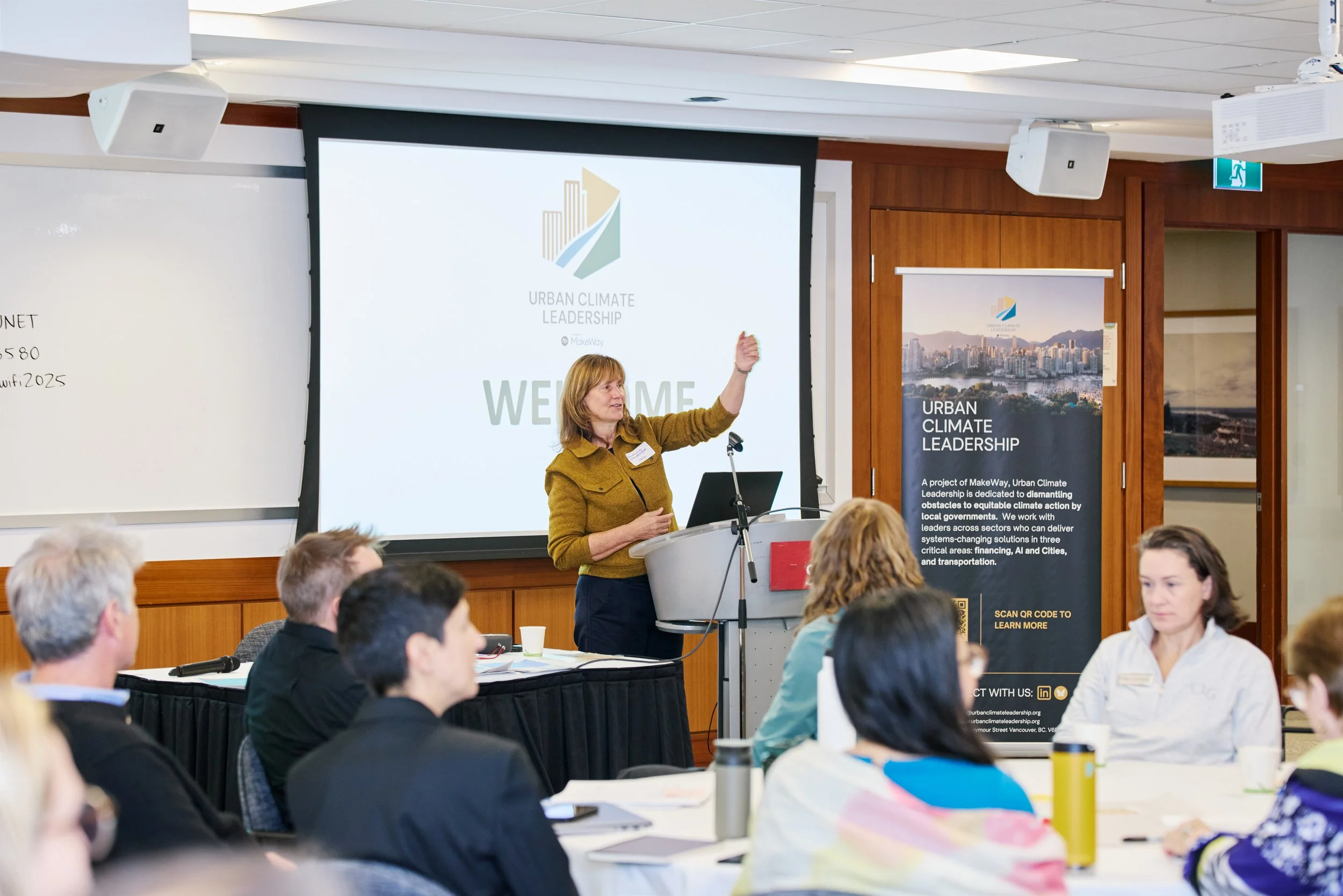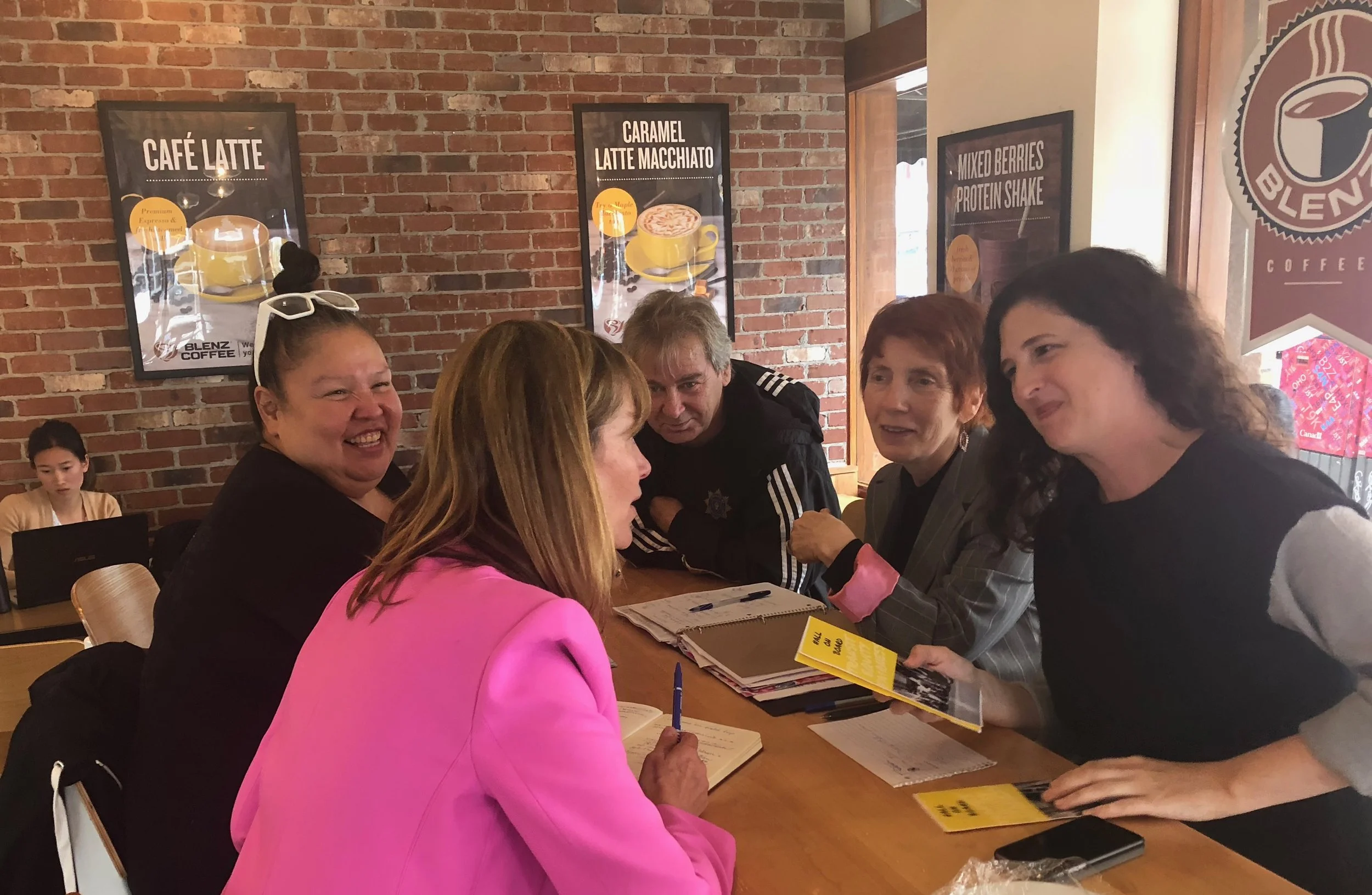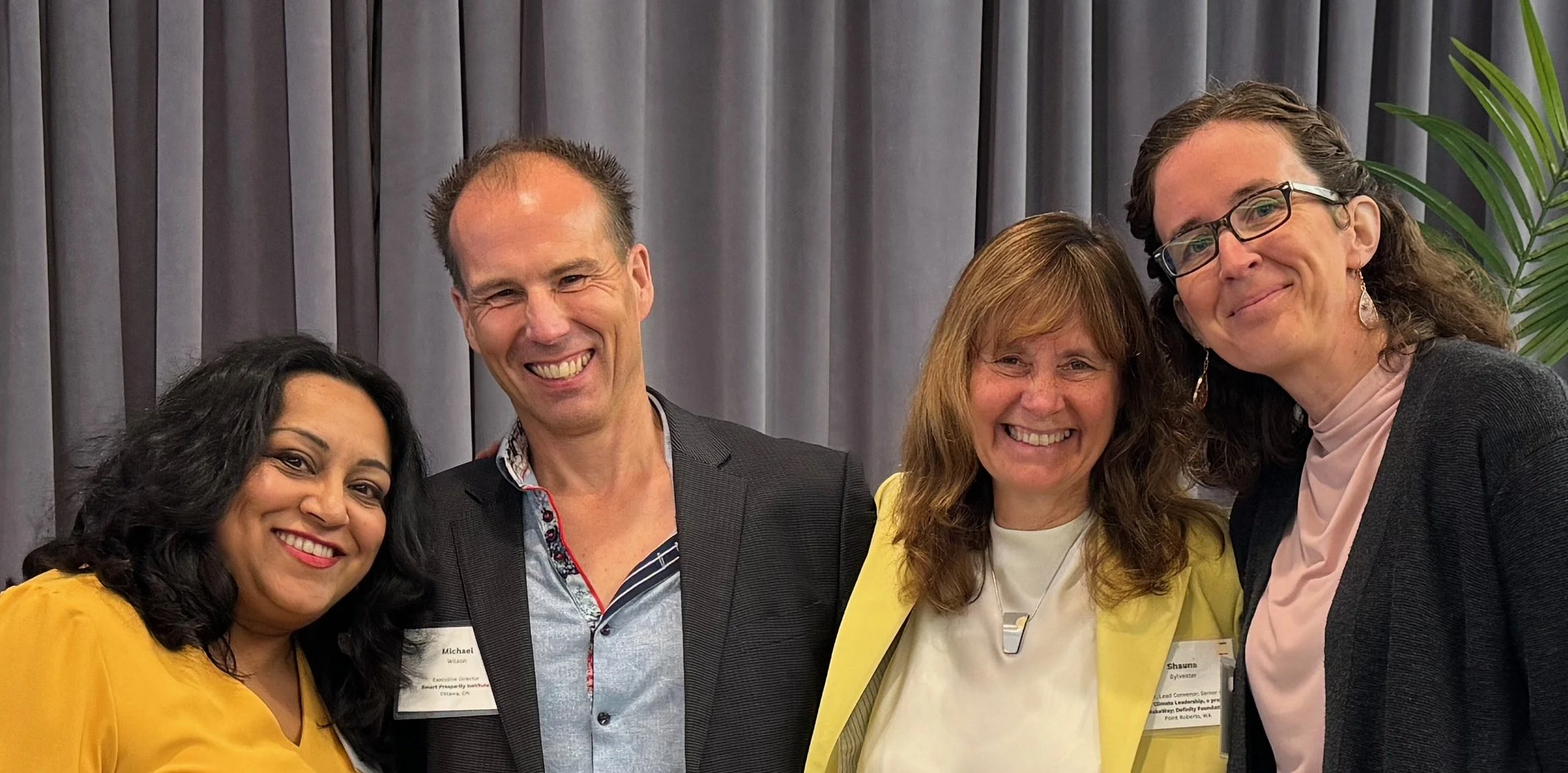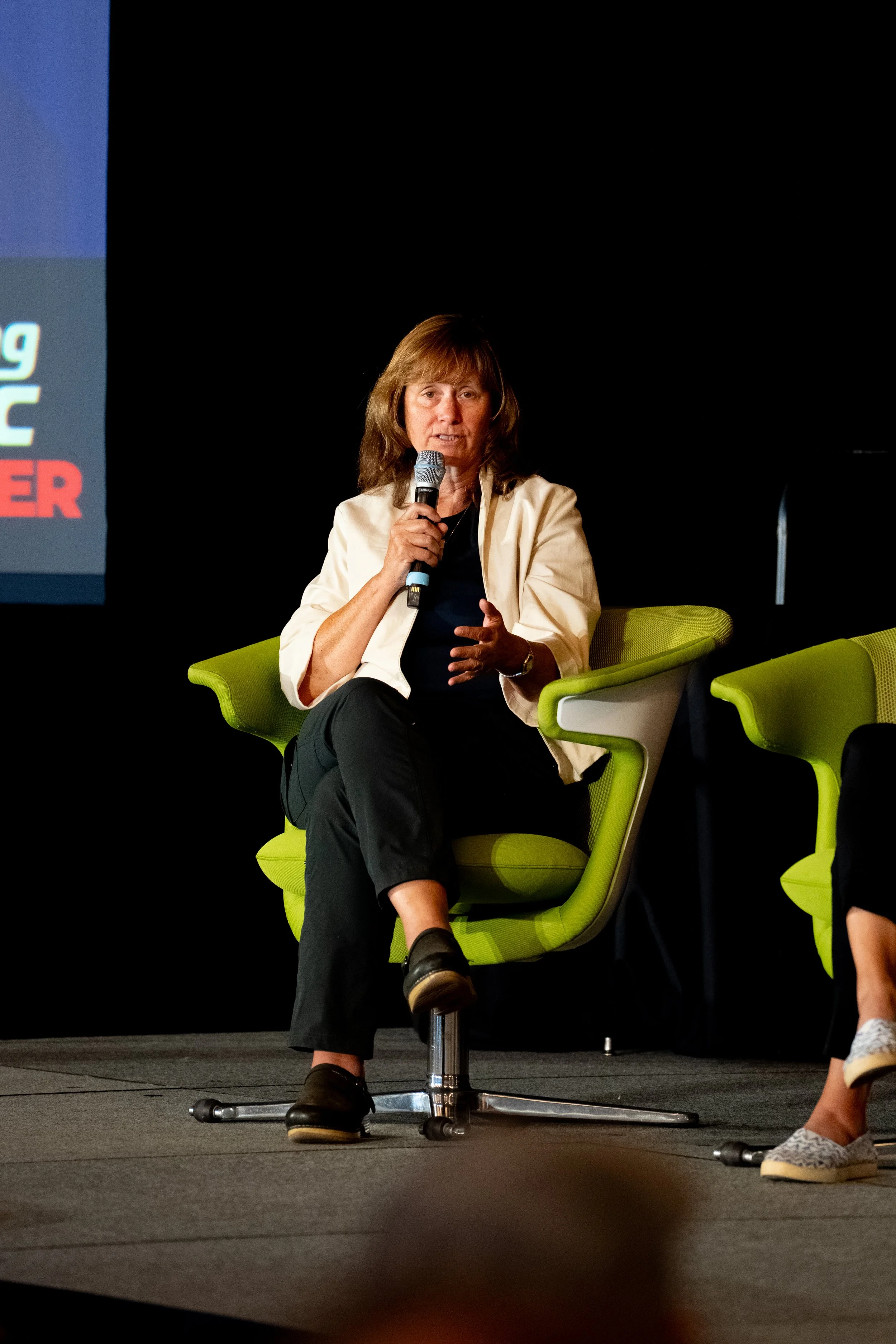Shauna Sylvester
… is laser-focused on solving one wicked climate problem: getting heat pumps into mid-sized, low-income apartment buildings in B.C.
“That's where people are dying,” says Shauna Sylvester, about why her work is so focused on removing roadblocks to getting heat pumps installed in three-and-four-story apartment buildings in Vancouver, and eventually across B.C.. And indeed, many of the more than six hundred people who died in B.C.’s 2021 heat dome lived in buildings like these: built fifty to ninety years ago; owned by landlords, co-ops or non-profits; and predominantly housing lower-income residents in designated affordable housing. Sylvester’s work, currently supported by a Senior Fellowship with the Definity Foundation, and partnerships with North Family Foundation, Trottier Foundation and the Ronald Roadburg Foundation, is about “developing an initiative that’s really grounded in who is living with the greatest climate impacts” – and in Vancouver, that’s low-income, mostly racialized, renters.
Sylvester’s approach to equity-based problem-solving begins with deep, open-ended research. Her initiative, Urban Climate Leadership, a project of Makeway, is focused on removing key barriers to equitable climate action at the municipal level. To identify the biggest ones, she began by conducting over two hundred interviews across sectors to get a high-level view. Next, Sylvester convenes partners to figure out how to remove them – and get to implementation.
For the heat pump challenge, Sylvester’s convening work began with scoping. Sylvester conducted 47 interviews to identify every challenge to getting these units installed in medium-sized, low-income buildings. Those challenges went in the “primer” document for partners to read before the first meeting: “I'm not going to spend time when we're together talking that through. That would be a waste of time. They read it, they understand it before we walk in the room.” Before the convening, Sylvester spends time getting to know the players – names, backgrounds, priorities, “what the monkey on their back is,” to make sure the group is in solutions mode: “Ninety percent of my work is before they walk in that room.”
Today, there are 170 different players involved in solving the heat pump challenge in Vancouver, including three levels of government. Sylvester’s job is to provide the connective tissue: “You've got all these players moving in different directions. HVAC consultants are doing this. Workforce training is doing that. Comms is here. It's bringing all of them together and saying: let's solve this. It's a collaborative solving process. Our job is not to deliver those heat pumps. But it is to make sure that the people that said they're going to, have the capacity to do so. I spend my days on the phone with government, with financiers, saying: ‘Okay, if this went here and this went here, could you move here?’ It's not easy. I've worked in conflict zones for 20 years: this is the most complex issue I've ever tried to solve. But now we're moving to implementation and really building out the policy, the programs, the funding, the financing, all at the same time.
I've got 40 years of convening complex problem solving. What I didn't want to do anymore is create reports and tool guides and tool kits. I need to know there are heat pumps being installed.”
“I've got 40 years of convening complex problem solving. What I didn't want to do anymore is create reports and tool guides and tool kits. I need to know there are heat pumps being installed.”
What she appreciates about Definity’s approach to climate equity:
“Definity brings a perspective of: what does equity mean in this context – and where should we go that philanthropy is not? What are these underserved communities? Who is most impacted by climate issues? And then: what are those initiatives, those assets that we can build within that community to solve it? That's where they move from.”
Who she keeps at the center of her heat pump work:
“We're working across the entire ecosystem of solution providers. All focused on the health, safety, and resilience of residents. It's resident-centered.”
On the mix she’s looking for in her convening:
“Do I have divergent thinkers? Do I have convergent thinkers? Do I have accommodators, assimilators? Do I have the people that are going to push? Do I have the people that are going to say, wait a minute here? I'm thinking about all of that when I put a group together.”
On finding a balance in philanthropic funding:
“In philanthropy, I always think: a portion should be strategic, a portion should be responsive. And a portion should be about building a broader partnership sector.”
The importance of communicating:
“I use LinkedIn – there's 15,800 people following. I'm trying to feed our learning back to the community, to amplify and build that connective tissue. We need to think like a cluster.”
Getting beyond technocratic climate frames:
“Foundations are still asking: ‘Is it adaptation or mitigation?’ And I'm just like: ‘Are you kidding? That's our conversation? Can we look at these as living systems? Can we understand that everything that we are doing is absolutely integrated? If you're not looking through a lens of equity, health, economic development and resilience, we're missing the point.”
On breaking down barriers between programs:
“Even the term decarbonization – I'm steeped in that world, but I don't talk about it like that. Everything is health, safety, resilience, health, safety and resilience. One thing I’ve said to foundations: you've got your health and climate here, your climate justice here, your food. Instead: how about let's create whole communities that are healthy, equitable, and safe?”
On the power of convening to build leadership networks:
“One of the things that I would like to see foundations do is bring their grantees together. Reinforce the relationships, build more and more connectivity. That's where I think our hope and future lies in social change in Canada, is that we enable people to lead, reinforce their leadership. We see where we fit in the ecosystem, and we reinforce that. We don't try to be all things.”





